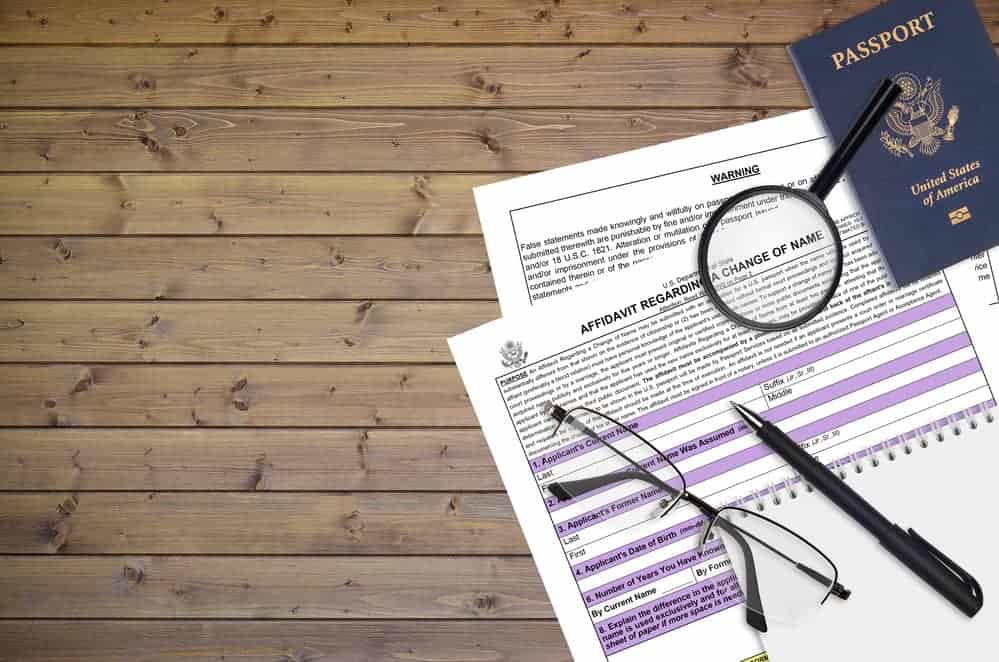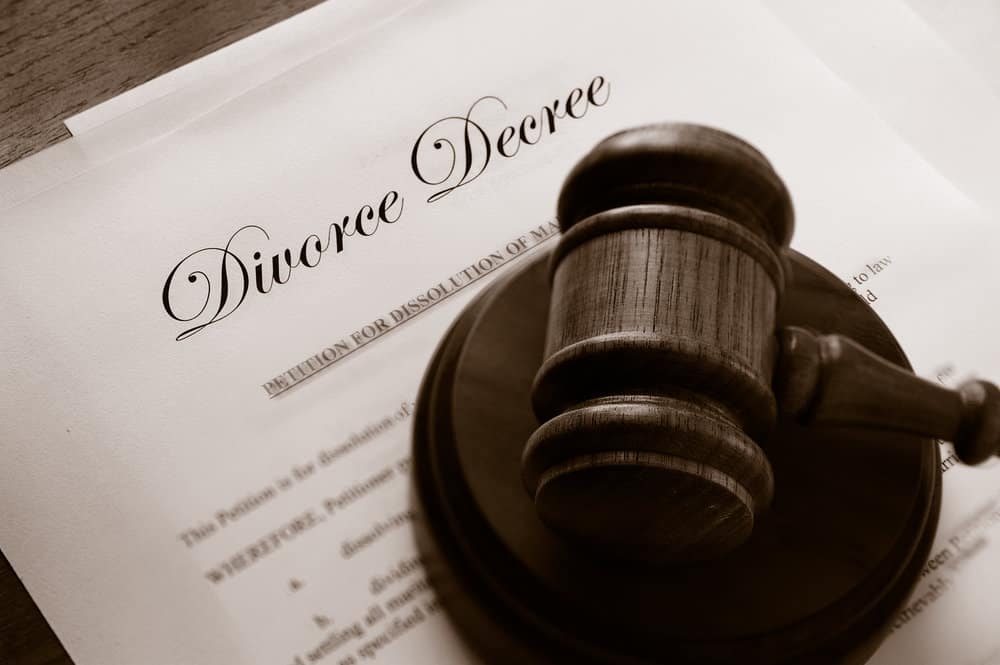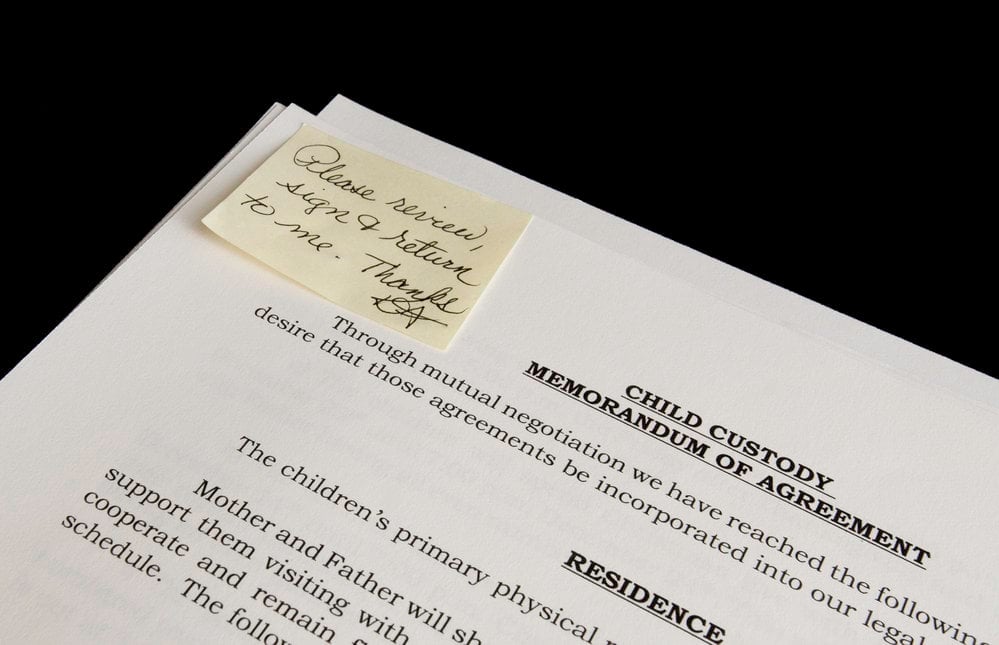Going through a divorce can be a challenging and emotional experience. One of the aspects to consider during this process is whether or not to change one’s name after the divorce has been finalized. The legal process for a name change after divorce can be relatively straightforward in California.
Individuals have different reasons for changing their names after a divorce. Some may wish to reclaim their identity or shed the connection to a former spouse. Others may prefer their maiden name for professional or personal reasons. It is crucial to be aware of the legal process and requirements for a name change in California to make an informed decision and navigate the process smoothly.
Residents of California have multiple options for legally changing their names after a divorce. These include requesting during the divorce proceedings, filing a separate name change petition, or opting for a common-law name change. Each option has its own set of regulations and steps to follow, which individuals must consider carefully based on their situation and preferences.
Name Change After Divorce in California

Legal Requirements
In California, individuals can revert to their former name after a divorce. This process can be completed during the divorce proceedings or after the divorce is finalized. It must be included in the divorce decree to change your name legally. California Family Code Section 2080-2082 outlines the legal requirements for a name change after divorce.
Process Overview
To change your name after divorce in California, follow these steps:
- Include Name Change in Divorce Petition: When filing for divorce, include a request for a name change in the petition. This should clearly state the new name you would like to use after the divorce.
- Obtain Divorce Decree: If your request is approved, the court will issue a divorce decree that includes your name change. This document serves as proof of your legal name change.
- Update Legal Documents: Once you have the divorce decree, update your legal documents, such as your driver’s license, social security card, and passport with your new name.
In case you have not included the name change request in the divorce petition or wish to change your name after the divorce is finalized, you will need to complete the following steps:
- File a Petition for Name Change: Fill out the necessary forms and file the petition for a name change with the appropriate California court. You might consider consulting an attorney or using resources provided by the California courts to help you navigate the process.
- Attend Court Hearing: After filing the petition, the court will usually schedule a hearing to assess your name change request. You must attend this hearing and present your case to the judge.
- Obtain Court Order: If the judge approves the name change, they will issue a court order as proof of your legal name change.
- Update Legal Documents: Similar to the process above, update your legal documents with your new name.
Filing the Petition for Name Change

Preparing the Forms
To begin changing your name after divorce in California, you need to fill out several legal forms. These include Form NC-100 (Petition for Change of Name), Form NC-110 (Name and Information About the Person Whose Name is to be Changed), and Form NC-120 (Order to Show Cause for Change of Name). If you have a finalized divorce decree (Form FL-180), you can also submit that.
Additionally, it is required to complete a Civil Case Cover Sheet (Form CM-010) as part of the filing process. This form aids the court in understanding the type of case being presented.
Before submitting the forms, it is crucial to double-check all the information for accuracy and completeness.
Submitting the Forms to the Court
Once all the necessary forms are filled out, it’s time to submit them to the court clerk. Ensure that you have the following items when submitting the paperwork:
- Original and two copies of each form
- A copy of the divorce decree (Form FL-180), if available
- Filing fee or a fee waiver request
Upon receiving your forms, the court clerk will stamp the documents and assign a hearing date. Be sure to keep a copy of the stamped documents for your records.
If you have requested a fee waiver, the court will decide whether to grant or deny your request. If approved, your filing fees will be waived, and you do not need to pay any additional costs associated with the name change process.
After submitting the forms and paying the filing fee (or obtaining a fee waiver), you must serve proof of service to all interested parties. This can be done by following the court’s instructions on serving legal documents.
Remember to attend the scheduled hearing with all your paperwork and documents. Be prepared to present your case and answer any questions the judge may have. If all goes well and the judge approves your name change, they will sign the Order to Show Cause (Form NC-120), legally changing your name.
Changing Your Name on Identification Documents
Social Security Card
After a California divorce, they must visit their local Social Security Administration (SSA) office to change their name on their Social Security Card. They should bring the completed Form FL-395, a certified copy of the divorce decree, and their current Social Security card. The individual may also be asked to provide additional proof of identity, such as a driver’s license or passport.
Driver’s License
To change the name on a California driver’s license, one must visit the Department of Motor Vehicles (DMV) in person. They should bring a certified copy of the divorce decree, their current driver’s license, and the required fee. The DMV may request additional documentation, such as a Social Security Card or passport, as proof of the name change.
In some cases, an individual may be eligible for a fee waiver. They must complete additional paperwork and provide proof of financial hardship to apply.
Passport

Lastly, to change the name on a passport after a divorce, the individual must apply for a new passport. This will require them to submit a certified copy of the divorce decree, their current passport, a new passport photo, and the appropriate fees. If their passport were issued less than a year ago, they would not be required to pay the fees.
In the case of a damaged, lost, or stolen passport, the individual must submit a new application with all required supporting documentation and fees. It is important to make these changes promptly to avoid any issues when traveling.
Special Considerations
Changing a Child’s Name
In California, changing a child’s name after divorce involves a different process than changing an adult’s name. Parents must file a petition with the court and get consent from the other parent or show that they have made reasonable efforts to notify them. If one parent objects, the court will evaluate the situation and determine if the name change is in the child’s best interest. Factors that the court will consider include:
- The child’s preference
- Reason for the name change
- Parental relationships
- Any potential impact on the child’s well-being
Gender Changes
When it comes to changing your name to reflect a new gender identity after divorce in California, the process is relatively straightforward. You must file a petition for a name change and gender with the court. The judge will review your application and, if approved, issue a decree stating the new name and gender marker that will be reflected on your birth certificate and other official documents.
Restoration of Former Name After Entry of Judgment and Order
You can restore your birth or former name during a divorce in California. This option should be included in your divorce paperwork, specifically requesting the restoration of your former name upon the entry of judgment. In cases where the divorce has been finalized and this request was not included, you can still restore your former name by filing an ex parte application for restoration of your former name after entry of judgment and order.
This ex parte application will need to be filed with the same court that handled the divorce and must include:
- A declaration stating the reasons for the request
- Certified copies of the divorce judgment and order
- Proper notification to your former spouse, if required
The court will review the application and, if granted, issue an order restoring your former name. Processing times may vary depending on the court’s workload. Updating any legal documents like your driver’s license, passport, and social security card to reflect your restored name is essential.
Additional Information
Marriage and Divorce Records
In California, marriage and divorce records are essential documents when applying for a name change after a divorce. To obtain a certified copy of a marriage certificate, you can visit the county recorder’s office where the marriage license was issued. In case of a divorce, the California courts maintain the records, and you can request a copy from the court where your divorce was finalized.
When changing your name, you must update your identification documents, such as your driver’s license, ID card, and Social Security card. To do this, you must complete and submit form NC-130 along with your divorce decree or marriage certificate, depending on your situation.
Seeking Legal Advice
Navigating the name change after the divorce process in California may be complicated for some individuals. The family law self-help center provides resources and assistance for individuals going through the divorce process. However, seeking legal advice from a qualified attorney is always advisable, as they can guide you through the process and ensure that all required documentation is submitted accurately and timely.
Other Name Change Situations
Besides a name change after divorce, there are other situations where individuals might seek to legally change their name in California, such as changing their birth name or making a gender change. The process for each situation varies but typically involves obtaining the necessary documents, such as birth certificates, marriage certificates, or court orders, and submitting them along with the appropriate petition to the California courts.
In situations where the name change might be denied, seeking legal advice is highly recommended. Many California court forms are available in multiple languages, including English and Spanish, for those facing language barriers. They can be found on the court’s website or at the self-help center.
Remember to verify and update all relevant legal documents with your new name, including signatures on bank accounts, credit cards, and legal documents, to avoid complications in the future.
FAQs
What is the process for changing your name after a divorce in California?
The easiest way to change your name after a divorce is to include the request for a name change in the divorce petition. This can be done by including the desired new name in the appropriate section of the divorce documents.
How long does it take to change your name after a divorce?
The time it takes to change your name after a divorce in California depends on the length of the divorce process itself. Once the divorce is finalized, your name change should be official. Keep in mind that it may take additional time to update records and identification documents.
Is there a fee associated with changing your name after a divorce?
If you include the name change request in your divorce petition, there is generally no additional fee. However, if you choose to change your name after the divorce is finalized, you’ll need to go through a separate legal name change process, which may have associated fees.
Do I need to update my identification documents and records after a name change?
After your name change is official, updating all pertinent records and identification documents, such as your driver’s license, Social Security card, and passport, is important.
Can I change my children’s names after a divorce?
Changing a child’s name after a divorce in California requires consent from the other parent. If the other parent does not agree to the name change, a court hearing may be necessary to determine if the change is in the child’s best interest.



